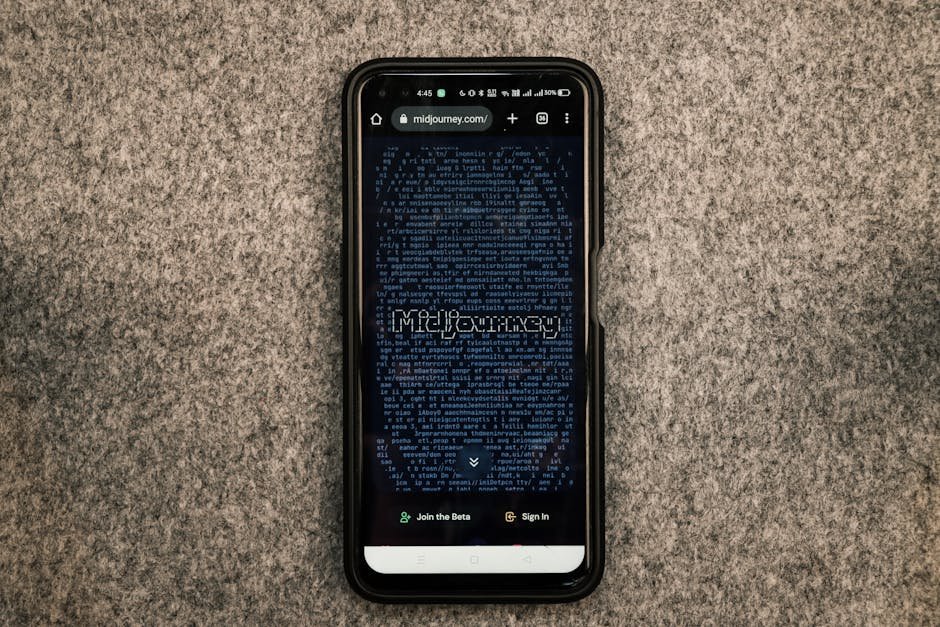In B2B sales, where competition is fierce and customers are bombarded with information, it can be challenging to capture their attention and close deals. Traditional sales techniques often fall short in this fast-paced digital age.
However, there is one powerful tool that can make a significant difference: storytelling.
Storytelling has been a fundamental part of human communication for centuries. It captivates our attention, engages our emotions, and helps us make sense of complex information.
When applied to the world of B2B sales, storytelling can be a game-changer. It allows sales professionals to connect with their prospects on a deeper level, build trust, and ultimately close more deals.
In this article, we will explore the power of storytelling in B2B sales and provide practical tips on how to effectively incorporate narrative into your sales strategy.
From crafting compelling narratives to leveraging storytelling techniques, we will guide you on your journey to becoming a master storyteller in the world of B2B sales.
Table of Contents
ToggleThe Science Behind Storytelling
Storytelling is not just a creative art form; it is deeply rooted in science.
Our brains are wired to respond to stories.
When we hear a story, our brains release oxytocin, a hormone that promotes trust and empathy. This chemical reaction makes storytelling a powerful tool for building relationships and influencing decision-making.
In the context of B2B sales, storytelling can help sales professionals establish a connection with their prospects and differentiate themselves from the competition.
By sharing stories that resonate with their audience, salespeople can create an emotional connection and build trust, which is crucial in the sales process.
Crafting Compelling Narratives
To effectively incorporate storytelling into your B2B sales strategy, you need to craft compelling narratives that resonate with your audience. Here are some key steps to follow:
1. Understand Your Audience
Before you start crafting your narrative, it is essential to understand your audience. What are their pain points, challenges, and aspirations? What motivates them? By gaining a deep understanding of your audience, you can tailor your story to address their specific needs and desires.
2. Identify the Problem
Every good story has a problem that needs to be solved. In the context of B2B sales, the problem can be the challenges your prospects are facing or the goals they want to achieve. Clearly identify the problem your product or service can solve and use it as the foundation of your narrative.
3. Introduce the Hero
In your narrative, your prospect should be the hero. Position them as the protagonist who overcomes challenges and achieves success with the help of your product or service. By making your prospect the hero of the story, you create a sense of empowerment and make them more likely to engage with your message.
4. Paint a Vivid Picture
Use descriptive language and vivid imagery to bring your story to life. Paint a picture in your prospect’s mind of how their life will be transformed after using your product or service. Make it tangible and relatable, so they can envision themselves benefiting from what you have to offer.
5. Incorporate Social Proof
Social proof is a powerful tool in sales. Incorporate testimonials, case studies, and success stories into your narrative to demonstrate the real-world impact of your product or service. By showcasing how others have benefited from working with you, you build credibility and trust.
Leveraging Storytelling Techniques
Now that you have crafted a compelling narrative, it’s time to leverage storytelling techniques to maximize its impact. Here are some techniques to consider:
1. Use Emotion
Emotion is at the core of storytelling. Tap into your prospect’s emotions by using powerful and relatable anecdotes. Make them feel something, whether it’s excitement, empathy, or inspiration. Emotionally engaged prospects are more likely to remember your message and take action.
2. Create Tension
Tension is what keeps the audience engaged and wanting to know more. Introduce conflict or obstacles in your narrative to create suspense and intrigue. By building tension, you keep your prospects hooked and eager to find out how the story unfolds.
3. Keep it Concise
While storytelling is powerful, it’s important to keep it concise in the context of B2B sales. Your prospects are busy and have limited attention spans. Craft a narrative that is clear, concise, and to the point. Focus on the key messages and avoid unnecessary details.
4. Practice Active Listening
Storytelling is not just about talking; it’s also about listening. Practice active listening during your sales conversations to uncover your prospect’s unique story. By understanding their perspective, you can tailor your narrative to address their specific needs and challenges.
5. Follow Up with a Call to Action
Every great story needs a resolution, and the same applies to your sales narrative. After captivating your prospects with your compelling story, it’s crucial to follow up with a clear call to action. What do you want your prospects to do next? Whether it’s scheduling a demo, signing up for a trial, or making a purchase, make sure to guide your prospects towards the next step in the sales process.
Examples of Storytelling in the B2B Sales Process
Here are 3 examples of using storytelling and narrative in the B2B sales process to increase sales:
- Case Studies and Success Stories:
- Rather than simply presenting facts and figures about your product or service, weave those details into a compelling narrative by sharing real-life success stories and case studies. Highlight challenges faced by previous clients, how your solution addressed those challenges, and the positive outcomes achieved.
- For instance, instead of saying, “Our software increases productivity by 30%,” tell the story of a specific client who struggled with inefficiencies until they implemented your software, resulting in streamlined processes and significant time savings.
- Founder or Customer Journey Story:
- Share the story of how your company came into existence or the journey of one of your key customers. Humanizing your brand or your clients can make your business more relatable and trustworthy.
- For example, if you’re selling a software solution, you might share the founder’s journey of identifying a gap in the market, developing the solution, and ultimately helping clients overcome similar challenges.
- Personalized Presentations:
- Tailor your sales presentations to each prospect by incorporating elements of their own narrative. Show them that you understand their pain points, goals, and unique challenges.
- This could involve referencing industry trends or specific challenges they’ve mentioned in previous conversations, and then illustrating how your product or service can address those issues based on similar experiences with other clients.
In each of these examples, the goal is to use storytelling to create an emotional connection with your audience, demonstrate the real-world value of your offering, and ultimately increase trust and credibility in your brand.
Frequently Asked Questions (FAQ)
How can storytelling help me stand out in a competitive B2B market?
Storytelling allows you to differentiate yourself from the competition by creating a unique and memorable experience for your prospects. By connecting with your audience on an emotional level and addressing their specific needs, you can stand out and build stronger relationships.
Can storytelling be effective in complex B2B sales?
Absolutely! In fact, storytelling is particularly effective in complex B2B sales. By simplifying complex concepts and presenting them in a relatable and engaging way, you can help your prospects understand the value of your product or service and make informed decisions.
How can I incorporate storytelling into my sales presentations?
To incorporate storytelling into your sales presentations, start by identifying the key points you want to convey and then craft a narrative around them. Use anecdotes, case studies, and real-life examples to illustrate your points and make them more memorable.
Is it necessary to use storytelling in every sales interaction?
While storytelling can be a powerful tool, it’s not necessary to use it in every sales interaction. Assess the context and needs of each prospect and determine whether storytelling would be appropriate and effective in that particular situation.
How can I measure the impact of storytelling on my sales performance?
To measure the impact of storytelling on your sales performance, track key metrics such as conversion rates, deal size, and customer satisfaction. Compare the performance of sales interactions that incorporate storytelling with those that don’t to assess the effectiveness of storytelling in driving results.
Conclusion
In the competitive world of B2B sales, storytelling is a valuable tool that can help you capture the attention of your prospects, build trust, and ultimately close more deals.
By crafting compelling narratives that resonate with your audience and leveraging storytelling techniques, you can create a memorable and impactful sales experience.
Remember to understand your audience, identify the problem, make your prospect the hero, and incorporate social proof. With practice and refinement, you can become a master storyteller and take your B2B sales to new heights.
So, embrace the power of storytelling and start closing deals with the magic of narrative.







